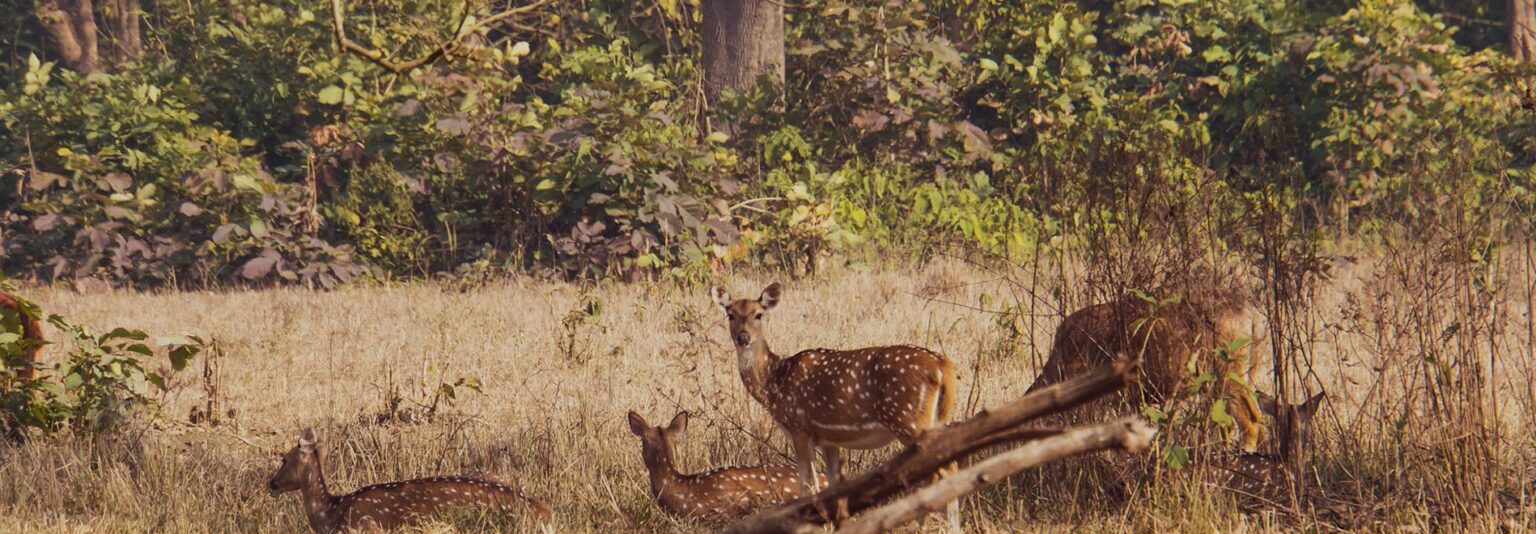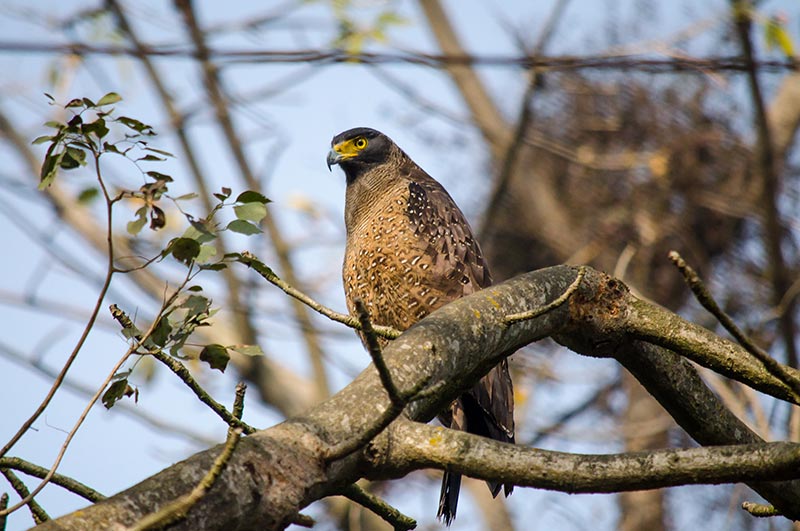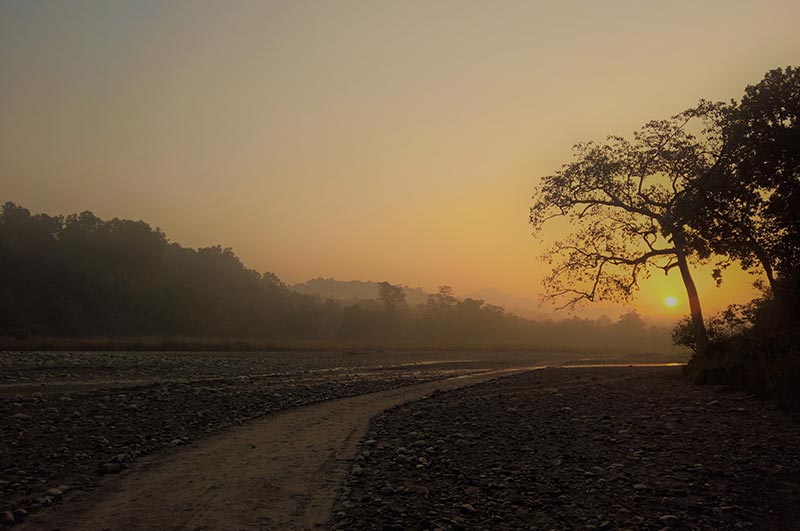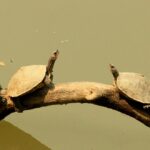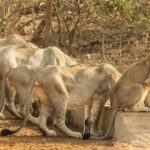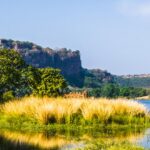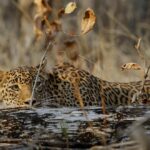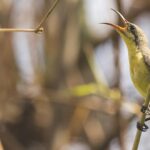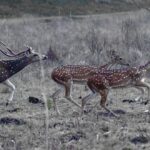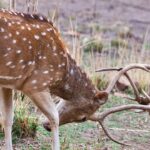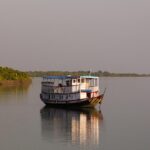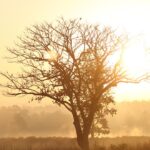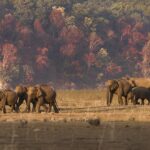Rajaji National Park: Nature in Heaven
What to say about the beauty of Uttarakhand? The state is the finest abode of nature with mysteries and magic prevailing in every inch of it. Uttarakhand is the state of snow-capped mountain peaks, quaint villages, serene lakes, tranquil parks, stupendous waterfall and serpentine rivers carving its way through the hills.
The state is nestled amidst the Himalayas, which gives it the most spectacular and picturesque landscape. Imagine the panoramic view of a lush forest amidst such serene and unperturbed hills. Isn’t it enthralling?
Let us make a visit to the paradise called – Rajaji National Park. Even the words fail to describe the splendour and grandeur of Rajaji National Park.
Geography of Rajaji National Park
Encompassing the Shivaliks, near the foothills of Himalayas is the treasure of nature, Rajaji National Park. The national park is known for its pristine scenic beauty, comprising mostly of endangered and rarely seen flora and fauna.
The Rajaji National Park is spread over a sprawling area of about 820.42 sq. km, spread across three districts – Saharanpur, Dehradun and Pauri Garhwal.
The Rajaji National Park is amalgamated in the Shivalik Ranges and the beginning of the vast Indo–Gangetic plains, thus representing vegetation of several distinct zones and forest types like Sal forests, reverie forests, board–leaved mixed forests, scrubland and grassy. Ohh… there is no end to the bounties of nature heaped in the forests of Rajaji National Park.
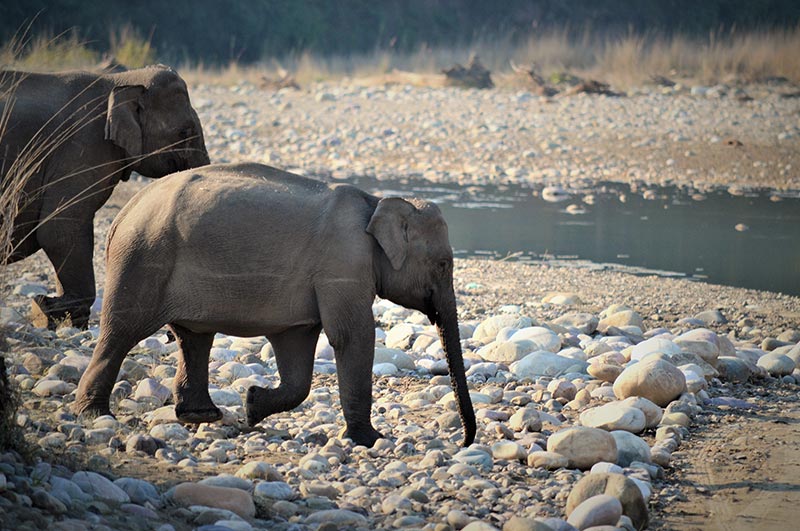
The climate of Rajaji National Park
Uttarakhand is one of the most sought holiday destinations in India. Rajaji National Park experiences the moderate and pleasant climate throughout the year.
Summer adorns the national park during the months of March to June. The temperature during these months is between 15 °C to 25°C. Basically, the month of March and April is the spring season and the months of May and June are hotter. This is the best time to spot wild animals.
Winters embellish the Rajaji National Park from October to February and the temperature swings between 8°C – 15 °C. This season gives you the amplest opportunities to sight the mesmerising birds like White Capped Plumbeous Redstarts and Himalayan and Pied Kingfisher.
Monsoon graces the national park from July to September. Rain shower makes the landscape look sensational and rejuvenates the vegetation, giving the park a glorious radiant green shade.
Best time to visit Rajaji National Park
Mark my words! Every season in Rajaji National Park is euphoric. The national park is open to visitors from 15th November to 15th June every year.
Post monsoon visit would be great for those hoping to see some amazing migratory birds. Summers are excellent for spotting wild beasts and enjoying the elephant ride.
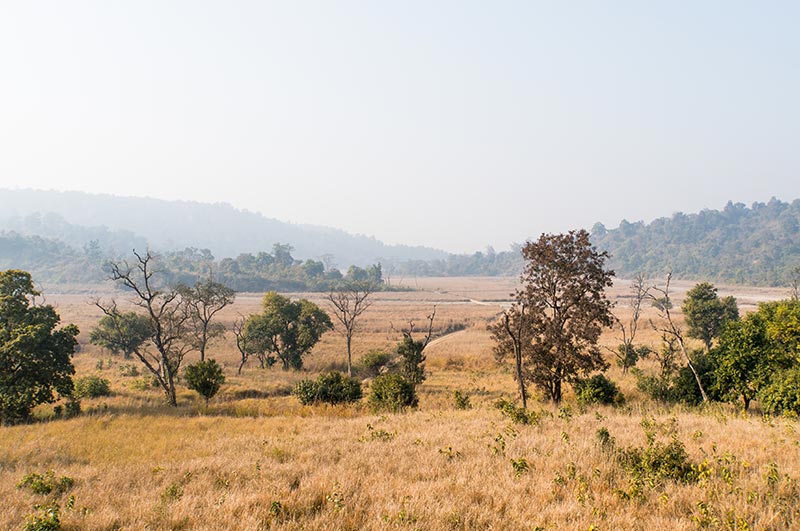
How to reach Rajaji National Park?
You might think that Rajaji National Park is located amidst the foothills of Himalayas and it might be tough to reach here. But that is not the case. One can reach here easily.
- By air – The nearest airport to the Rajaji National Park is Jolly Grant Airport in Dehradun about 21 km away.
- By rail – The nearest railhead is at Rishikesh at a distance of mere 18km. The other railheads nearby are at Haridwar (only 24km away) Dehradun (about 54km).
- By road – A road trip to Rajaji National Park is full of scenic beauty and magic of mountains. You can reach the major cities nearby the park by using the state-run bus services. Direct bus services are available from Delhi and Lucknow for Haridwar. From here one can get taxis and cabs easily to reach Rajaji National Park.
Best places to stay near Rajaji National Park
Accommodation is not a problem at Rajaji National park. Few tranquil, comfortable and affordable hotels, resorts and farmhouses are available around the national park. Here we list a few places to stay near Rajaji National Park:
- Wild Brook Retreat
- A number of Forest Rest Houses are available in and around Rajaji National Park (operated by Forest Department)
- V Resorts
- Eco Wild Camps
- Benog Pines Cottages
- Roost Aaryan Manor
- Adventure Paradise
- The Palms Resort
Flora of Rajaji National Park
Nestled between Shivalik ranges and the Indo-Gangetic plains, Rajaji National Park has a lot of variation in its vegetation and wildlife. Broadleaved deciduous forests, riverine vegetation, scrubland, grasslands and pine forests Rajaji has all it due to its varied topography and the blessing of Ganga river flowing through the national park.
The major vegetation includes Arjun ( Terminalia arjuna ) Khair ( Acacia catechu ) Baans ( Dendrocalamus strictus ), Semul ( Bombax ceiba ) Sandan (Ougeinia Oojeinensis), Chamaror, (Ehretia laevis), Aonla (Emblica officinalis), Kachnar (Bauhienia variegata), Ber (Ziziphus mauritiana), Chilla (Casearia tomentosa), Bel (Aegle Marmelos), Rohini (Malollotus philippinensis), Amaltas (Cassia fistula),Shisham ( Dalbergia sissoo), Sal ( Shorea robusta) , Palash ( Butea monosperma )etc.
Fauna of Rajaji National Park
The national park has the highest number of Elephants compared to any other national park in India. The richness of its vegetation gives it an amazing diversity in its wildlife.
The park has a sensationally rich biodiversity. The long list of animals in Rajaji National Park includes – Cheetal, Barking deer, Sambar deer, Wild Boar, Nilgai, Goral, Rhesus Macaque, leopard, Hanuman Langur, Indian Hare, Indian Porcupine etc. The park is the abode for the largest Pythons, King Cobra, Common Krait, Indian Cobra and the Monitor Lizard.
The park is home for over 400 species of birds which includes Rusty-cheeked Scimitar, Babbler, Golden-spectacled Warbler, Chestnut-tailed Starling, Brown Hawk-Owl, Drongo Cuckoo, Indian, Slaty Headed Parakeets, Great Hornbill, Red Jungle Fowl, Lineted Barbet, Crested Kingfishers, Black Hooded Oriole, Khaleej Pheasant, Woodpeckers, Finches, Thrushes etc. During winters lot of migratory bird make Rajaji National Park their first staging ground when they cross the Himalayas to enter India.
Jungle Safari at Rajaji National Park
The Forest Department offers Jeep Safari twice in a day i.e. morning safari and evening safari. The safari duration is 3 hours and it gives the most captivating trip of the Rajaji National Park.
The open jeep takes you through rugged terrain on unmetalled treks through “Raus” and over hills giving you the delight of witnessing the most enthralling flora and fauna in different habitats in Mundal, Mithawali, Khara and other ranges of the park.
At Rajaji National Park, one can enjoy the delight of watching the vibrant flying buddies in companion of expert bird watchers. The fun part of the trip to Rajaji National Park is river rafting in the Ganga River. Adventure enthusiasts and beginners can enjoy the basic rafting course for 3 hours done in a stretch of 12 km in the Ganges in the guidance of expert trainers.
That is a whole lot of adventure and thrill!
Do’s and Don’ts of the Rajaji National Park
- Make sure you wear light and dull colours while on a safari. Colours like olive and green are recommended, avoid bright colours like red, neon yellow, white etc.
- Don’t make any kind of noise during the safari, bird watching etc. as it might scare away the animals.
- Don’t litter around the park. It is a punishable offence. Maintain the beauty of Rajaji National Park as it is our treasure.
- Trespassing the area of Rajaji National Park after sunset and before sunrise isn’t allowed and night driving is strictly prohibited.
- Don’t pluck any flower, leave or feed any animal. It is a strict no!
- Fishing inside the park is not allowed.

